US Treasury strategy would tighten virtual asset regs, increase use of AI
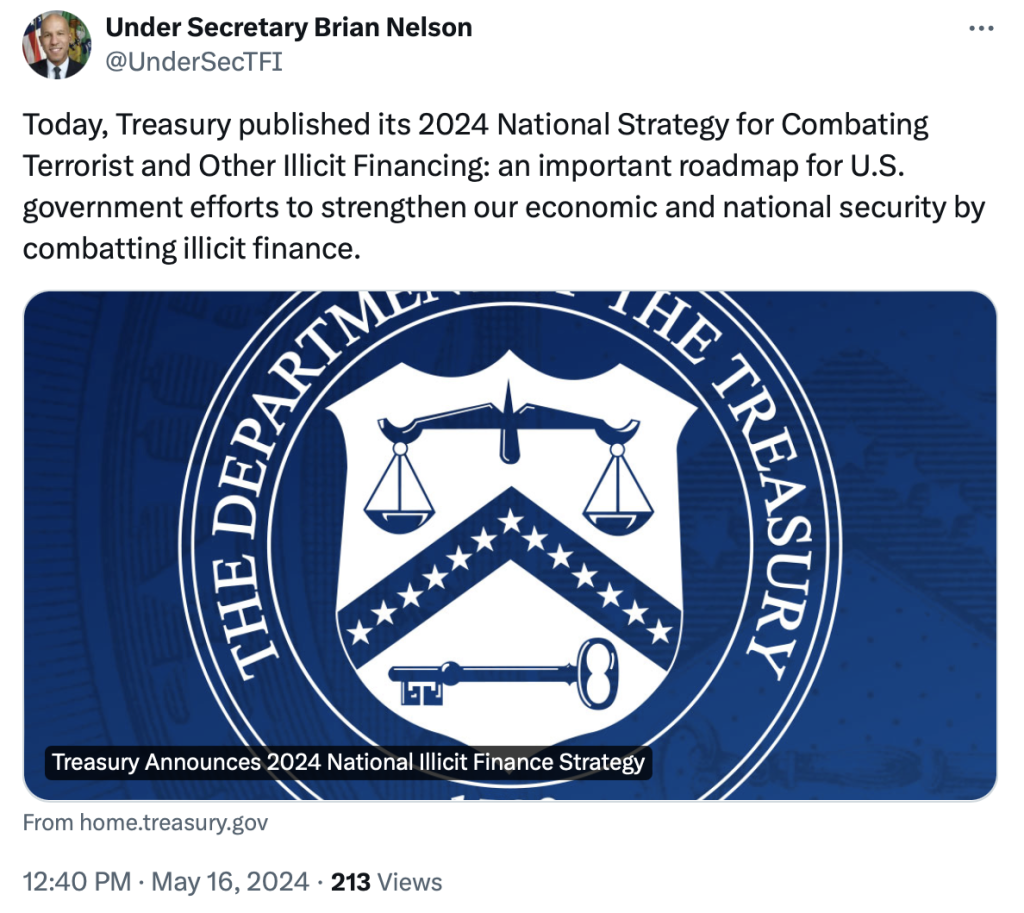
Better regulations, greater enforcement and AI are going to be the focus of the Treasury’s fight against illicit finance.

The United States Treasury Department has released its biannual National Strategy for Combatting Terrorist and Other Illicit Financing. It contains four priority recommendations that may affect virtual assets in a variety of ways.
The Treasury strategy acknowledged that law enforcement is scrambling to keep up with developing financial technology. The first two Treasury priorities are to address regulatory gaps in Anti-Money Laundering (AML) and Countering the Financing of Terrorism (CFT) and create a more focused and effective supervisory framework. The Treasury said it would “assess the need for additional action on sectors not subject to comprehensive AML/CFT measures.”
Increasing enforcement is also on the agenda. The strategy said:
“The explosion of new payment channels and financial service providers, including VASPs [virtual asset service providers], over the last decade, have stretched thin the limited supervisory resources historically applied to more traditional MSBs [money service businesses].”
A new emphasis on blockchain technology is part of the strategy. For example, there is the Federal Bureau of Investigation’s Virtual Assets Unit, which “provides technological equipment, blockchain analysis and virtual asset seizure training, and other sophisticated virtual asset training for FBI personnel.”
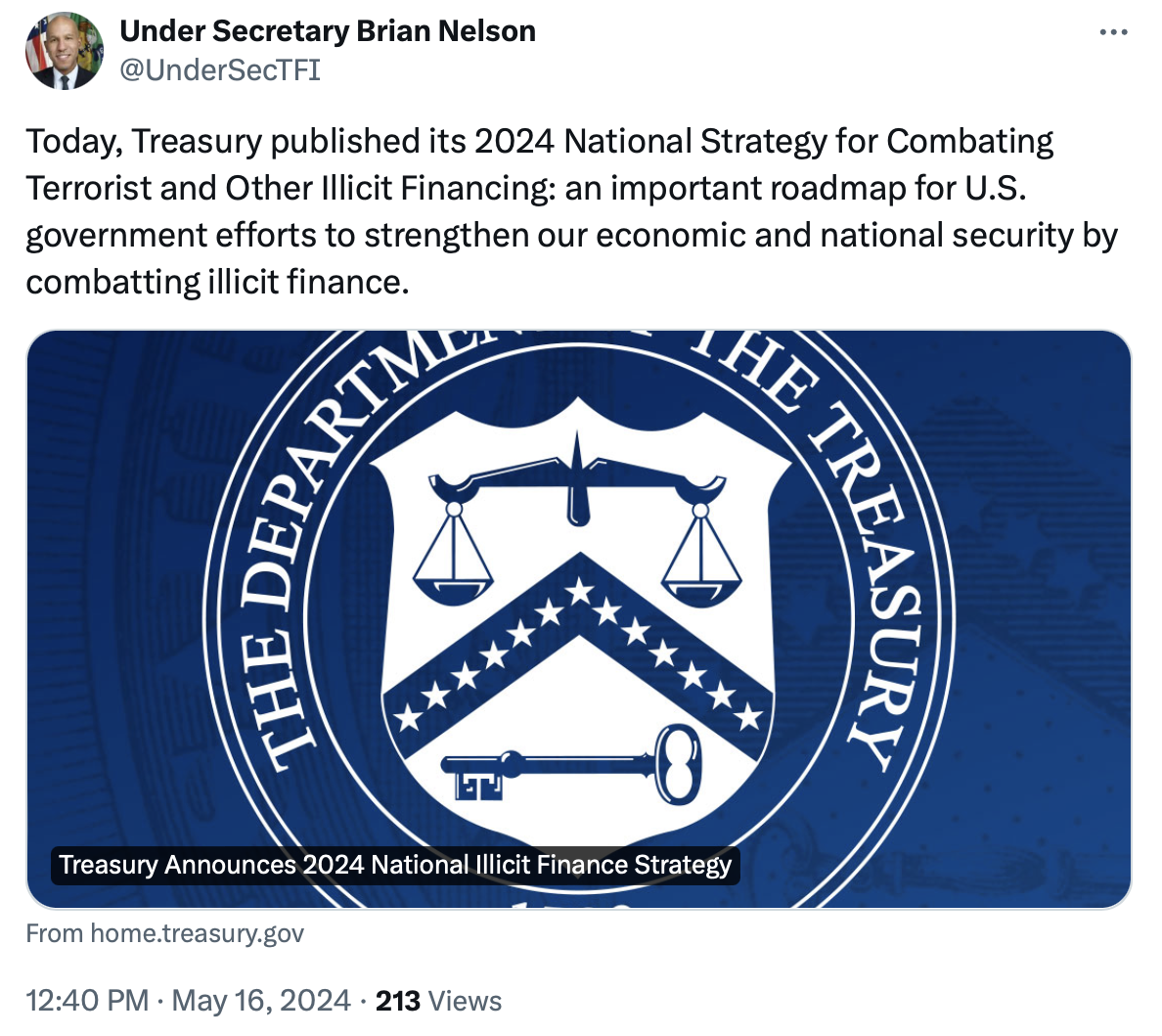
Finally, the Treasury seeks to “support responsible technological innovation and harness technology to mitigate illicit finance risks” through a broad set of measures. It recommends increasing inclusivity in the financial system and combatting derisking — the practice of denying all correspondent services to small banks in areas of high illicit activity. Derisking has harsh consequences for legitimate users of bank services and encourages the use of crypto-based payment and remittance solutions that are not dependent on banking.
Related: US Treasury official urges Congress for more power against crypto crime
Creating better cross-border payment systems and money transfer options under regulation are part of the strategy. It pointed to the G20 Roadmap and FedNow domestic transfer system as good implementations of this approach.
Artificial intelligence and digital identity could play a big role in the strategy’s success:
“We will provide regulatory and policy support for reliable digital identity solutions and […] expand the use of artificial intelligence (AI) and data analytics in U.S. government efforts to […] promote U.S. technological leadership on payments that reflect U.S. standards, practices, and values.”
AI can be harnessed to enhance government regulatory and enforcement efforts, but it can equally well be applied by illicit users of the financial system, the strategy noted.


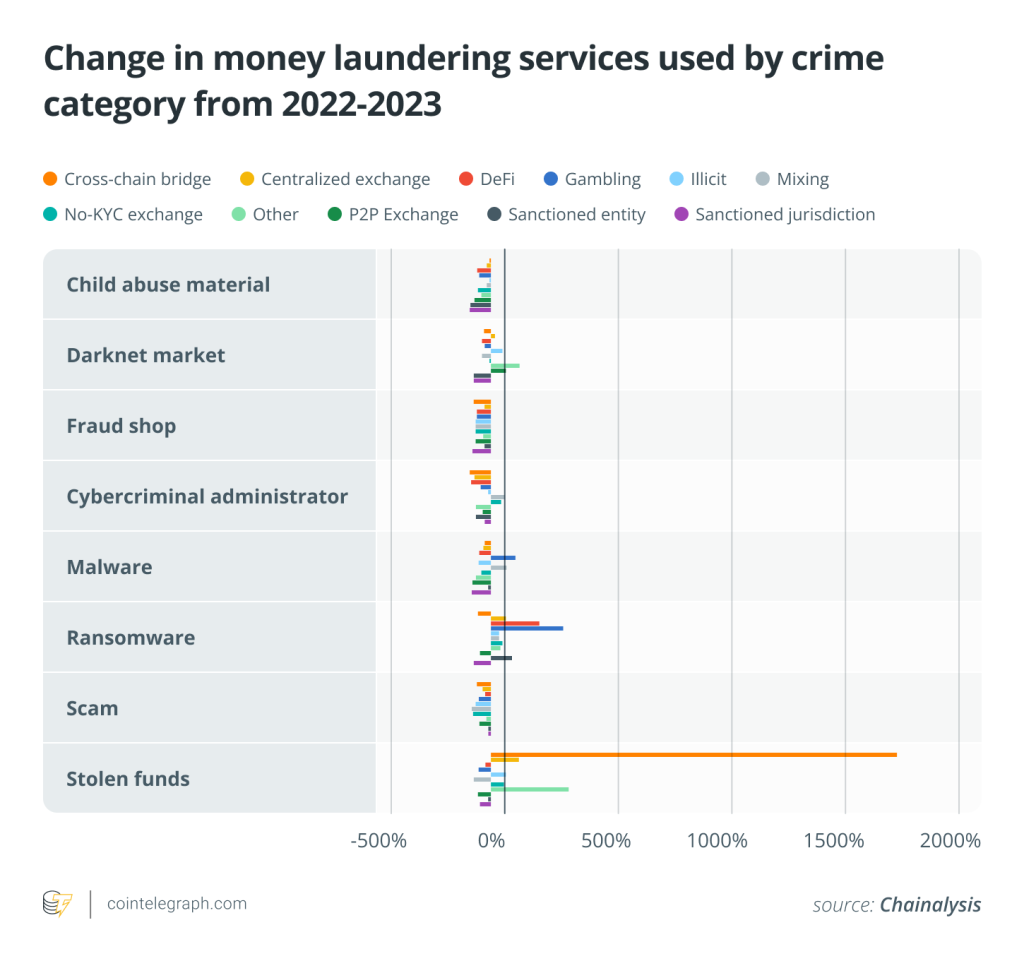

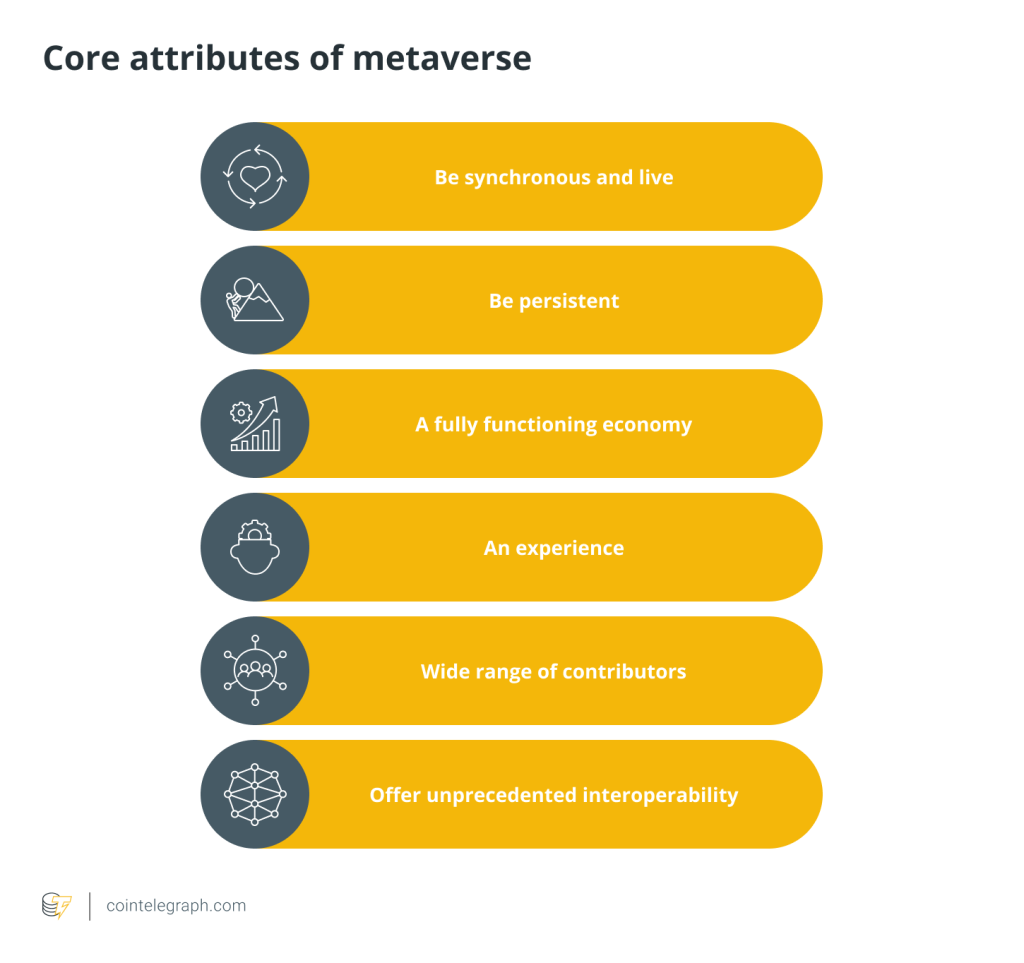
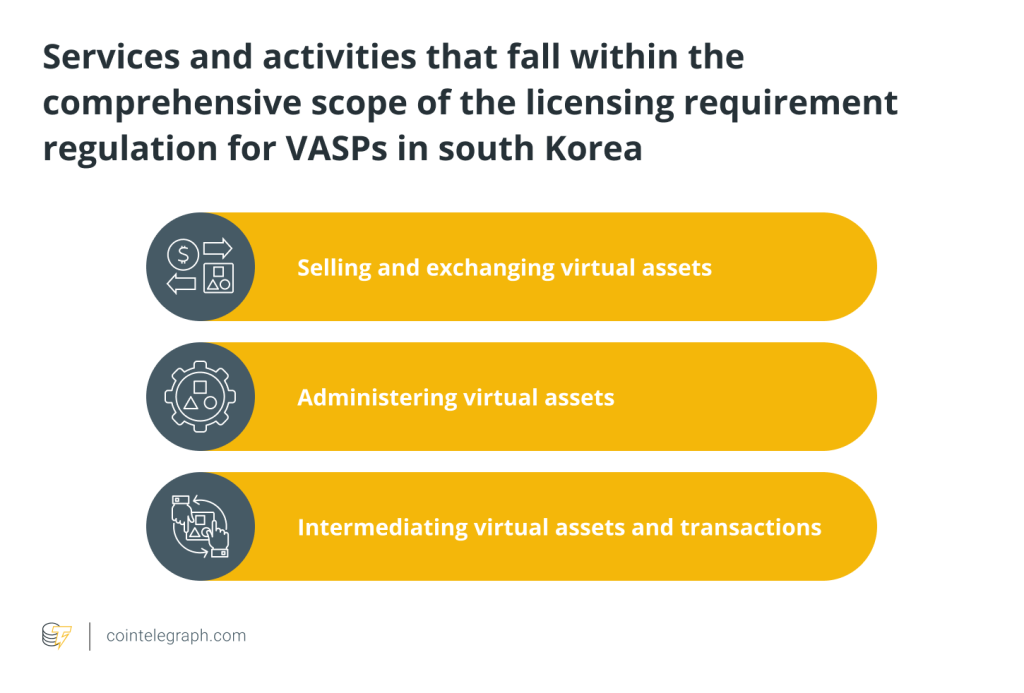
Responses